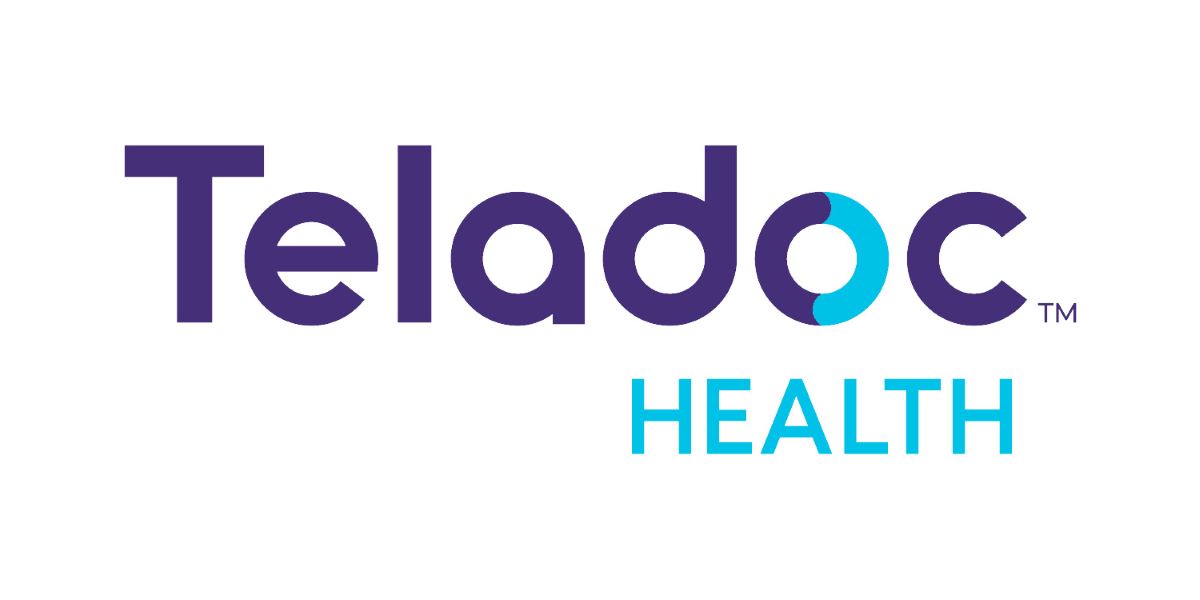Home>Finance>What Payment Frequency Would Best Fit This Goal Of Building Up Your Savings?


Finance
What Payment Frequency Would Best Fit This Goal Of Building Up Your Savings?
Published: January 16, 2024
Looking to build up your savings? Discover the best payment frequency for your financial goal with expert advice on finance.
(Many of the links in this article redirect to a specific reviewed product. Your purchase of these products through affiliate links helps to generate commission for LiveWell, at no extra cost. Learn more)
Table of Contents
Introduction
In our fast-paced world, saving money is more important than ever. Whether you’re saving for a dream vacation, a down payment on a house, or simply to build up an emergency fund, finding the most effective payment frequency can make a significant difference in reaching your savings goal. Payment frequency refers to how often you contribute to your savings account, whether it be monthly, bi-weekly, or weekly.
Understanding the importance of payment frequency is key to optimizing your savings strategy. By examining the benefits and drawbacks of different payment frequencies, you can make an informed decision that aligns with your financial goals and personal circumstances.
In this article, we will explore the various considerations for building up your savings and delve into the advantages and disadvantages of monthly, bi-weekly, and weekly payment frequencies. By the end, you’ll have the knowledge you need to choose the best payment frequency to accelerate your path to financial success.
Understanding the Importance of Payment Frequency
Payment frequency plays a crucial role in building up your savings for several reasons. First and foremost, it increases the consistency of your savings habit. Regular contributions instill discipline and help you stay accountable to your financial goals.
Another benefit is the potential for compound interest. By depositing money more frequently, you give it more time to accumulate interest, resulting in greater overall growth of your savings. Compound interest allows your money to work for you, generating additional returns on top of your initial contributions.
Moreover, payment frequency affects your cash flow management. Some individuals find it challenging to set aside a large sum of money at once, but they are more comfortable making smaller, regular payments. By choosing a payment frequency that suits your budget and cash flow, you can ensure that saving becomes a sustainable and attainable endeavor.
Furthermore, payment frequency can have psychological effects on your savings journey. Making regular contributions, even if they are smaller, can create a sense of progress and accomplishment over time. This positive reinforcement can motivate you to continue saving and propel you towards your financial goals.
It is important to note that while payment frequency can enhance your savings efforts, it should be complemented by a comprehensive savings strategy. This includes setting specific goals, creating a budget, and tracking your expenses. By combining these elements, you can build a solid foundation for your financial future.
Considerations for Building Up Savings
When deciding on the best payment frequency for building up your savings, there are several crucial considerations to keep in mind.
1. Financial Capacity: Assess your financial capacity to determine how much you can comfortably set aside for savings. Consider your income, expenses, and other financial obligations. It is important to choose a payment frequency that allows you to save consistently without overstressing your budget.
2. Savings Goal: Clearly define your savings goal. Are you saving for a short-term or long-term goal? Knowing your specific goal will help you determine the timeline and amount of contributions required to achieve it. This will guide your decision on payment frequency.
3. Cash Flow: Evaluate your cash flow to understand how frequently you receive income. If you have a consistent monthly paycheck, a monthly payment frequency may align well with your financial situation. However, if you receive income bi-weekly or weekly, you may find it more convenient to save on a corresponding payment schedule.
4. Interest Considerations: Take into account the interest rate offered by your savings account. While interest rates are generally compounding, some institutions may calculate interest differently based on the payment frequency. It is advisable to inquire about the interest calculation method and evaluate how it would impact your savings over time.
5. Emotional Factors: Consider your personal comfort level and psychological motivation. Some individuals feel a greater sense of accomplishment from seeing monthly progress, while others prefer the satisfaction of making more frequent contributions.
By considering these factors and understanding your own financial situation and personal preferences, you can make an informed decision on the payment frequency that best suits your needs and goals.
Monthly Payment Frequency
Opting for a monthly payment frequency involves making a single contribution to your savings account each month. This approach offers its own set of advantages and considerations.
Advantages:
- Consistency: With a monthly payment frequency, you have a regular savings habit, making it easier to allocate a specific amount towards your savings goal each month.
- Simplicity: Making a monthly contribution simplifies your financial management. It is easier to track and plan for a single payment each month.
- Interest Accumulation: Monthly contributions provide your savings with an extended period to accumulate interest. Over time, compound interest can significantly enhance your savings growth.
Considerations:
- Delayed Progress: Since contributions are made once a month, it may take longer to see noticeable progress towards your savings goal compared to more frequent payment frequencies.
- Less Flexibility: With monthly contributions, you have less flexibility to adjust your savings amount if unexpected expenses or income fluctuations arise.
Monthly payment frequency can be an ideal option for individuals with a consistent monthly income and who prefer a simple, steady approach to saving. It provides a sense of regularity and allows your money to grow over time through compound interest.
Bi-weekly Payment Frequency
Choosing a bi-weekly payment frequency means making contributions to your savings account every two weeks. This approach offers distinct advantages and considerations that may align with your financial goals.
Advantages:
- Increased Contribution: With bi-weekly payments, you make 26 contributions in a year instead of 12. This results in an extra month’s worth of contributions over the course of a year, accelerating the growth of your savings.
- Alignment with Income: If you receive your income on a bi-weekly basis, this payment frequency can sync well with your income schedule, making it easier to allocate a portion towards your savings.
- Accelerated Progress: Making more frequent contributions allows you to see progress towards your savings goal at a faster rate compared to monthly contributions.
Considerations:
- Budgeting Challenges: Bi-weekly payments may present budgeting challenges for individuals who are accustomed to a monthly paycheck. It requires proper budgeting to ensure consistent savings without impacting other financial obligations.
- Flexibility: With bi-weekly contributions, you have more flexibility to adjust the amount saved in response to unexpected expenses or variations in income.
Opting for a bi-weekly payment frequency can be advantageous for individuals who prefer a more accelerated savings pace and align their savings contributions with their bi-weekly income. It allows for increased contributions over time and offers flexibility in adjusting savings amounts when needed.
Weekly Payment Frequency
A weekly payment frequency involves making contributions to your savings account every week. This approach offers unique benefits and considerations that may be appealing to certain individuals.
Advantages:
- Consistent Progress: With weekly contributions, you experience a sense of consistent progress towards your savings goal. Each week, you have the opportunity to add to your savings and witness tangible growth.
- Increased Discipline: Weekly payments require a higher level of discipline and commitment to your savings goal. This regular habit can help develop and reinforce positive financial behaviors.
- Enhanced Interest Growth: Making weekly contributions allows your money to accumulate interest at a faster rate. This can result in higher overall interest earnings over time.
Considerations:
- Budgeting and Cash Flow: It is important to budget and manage your cash flow effectively when opting for weekly payments. Ensuring that you have enough funds to cover weekly contributions without compromising other financial obligations is crucial.
- Potential Overcommitment: Weekly payments require a consistent and potentially higher savings commitment compared to other payment frequencies. Assess your financial capacity to determine if you can sustain this level of contribution over the long term.
Choosing a weekly payment frequency can be advantageous for individuals who prefer a more frequent and structured approach to saving. It offers a sense of steady progress and can maximize interest growth on your savings. However, it requires careful budgeting and discipline to ensure consistent contributions without straining your finances.
Choosing the Best Payment Frequency for Your Savings Goal
When selecting the best payment frequency for your savings goal, it is important to consider your unique circumstances and financial objectives. Here are some factors to guide your decision:
1. Time Horizon: Determine the time frame in which you aim to achieve your savings goal. If it is a short-term goal, such as saving for a vacation, a more frequent payment frequency like bi-weekly or weekly may help you reach your target faster. For longer-term goals, monthly contributions may be sufficient.
2. Income Structure: Reflect on how you receive your income. If you have a regular monthly paycheck, a monthly payment frequency may align well with your financial flow. However, if you receive income bi-weekly or weekly, matching your payment frequency to your income schedule may simplify the process.
3. Flexibility Needs: Evaluate your need for flexibility in adjusting your savings contributions. Bi-weekly and weekly payment frequencies offer more flexibility compared to monthly contributions, allowing you to adapt your savings amount based on changes in income or unexpected expenses.
4. Savings Discipline: Consider your level of discipline and commitment to your savings goal. More frequent payment frequencies like bi-weekly or weekly require a higher level of consistency and self-discipline. If you thrive on building a regular savings habit, these options may be more suitable for you.
5. Personal Comfort: Your personal preference and comfort level also play a role in selecting the best payment frequency. Some individuals find motivation in seeing progress more frequently through bi-weekly or weekly contributions, while others prefer the simplicity and predictability of monthly payments.
Ultimately, the best payment frequency for your savings goal will depend on a combination of these factors. Take the time to assess your financial situation, goals, and preferences to make an informed decision. Remember that regardless of the payment frequency you choose, consistency and commitment to your savings habit are key to achieving your financial objectives.
Conclusion
When it comes to building up your savings, choosing the right payment frequency is crucial. Monthly, bi-weekly, and weekly payment frequencies all have their advantages and considerations. Understanding your financial capacity, savings goals, cash flow, and personal preferences will help you make an informed decision.
Monthly payments offer consistency and simplicity, making it suitable for those with a regular monthly income. Bi-weekly payments provide an accelerated savings pace, with increased contributions over time and flexibility in budgeting. Weekly payments offer a sense of consistent progress and heightened discipline, encouraging a regular savings habit.
Consider your time horizon, income structure, need for flexibility, savings discipline, and personal comfort when deciding on the best payment frequency. Remember that consistency and commitment to your savings goals are paramount, regardless of the frequency you choose.
Ultimately, the goal is to develop a sustainable savings strategy that aligns with your financial goals and allows your money to grow over time through compound interest. By finding the balance between your financial capacity and personal preferences, you can embark on a successful journey of building up your savings and achieving your financial aspirations.














